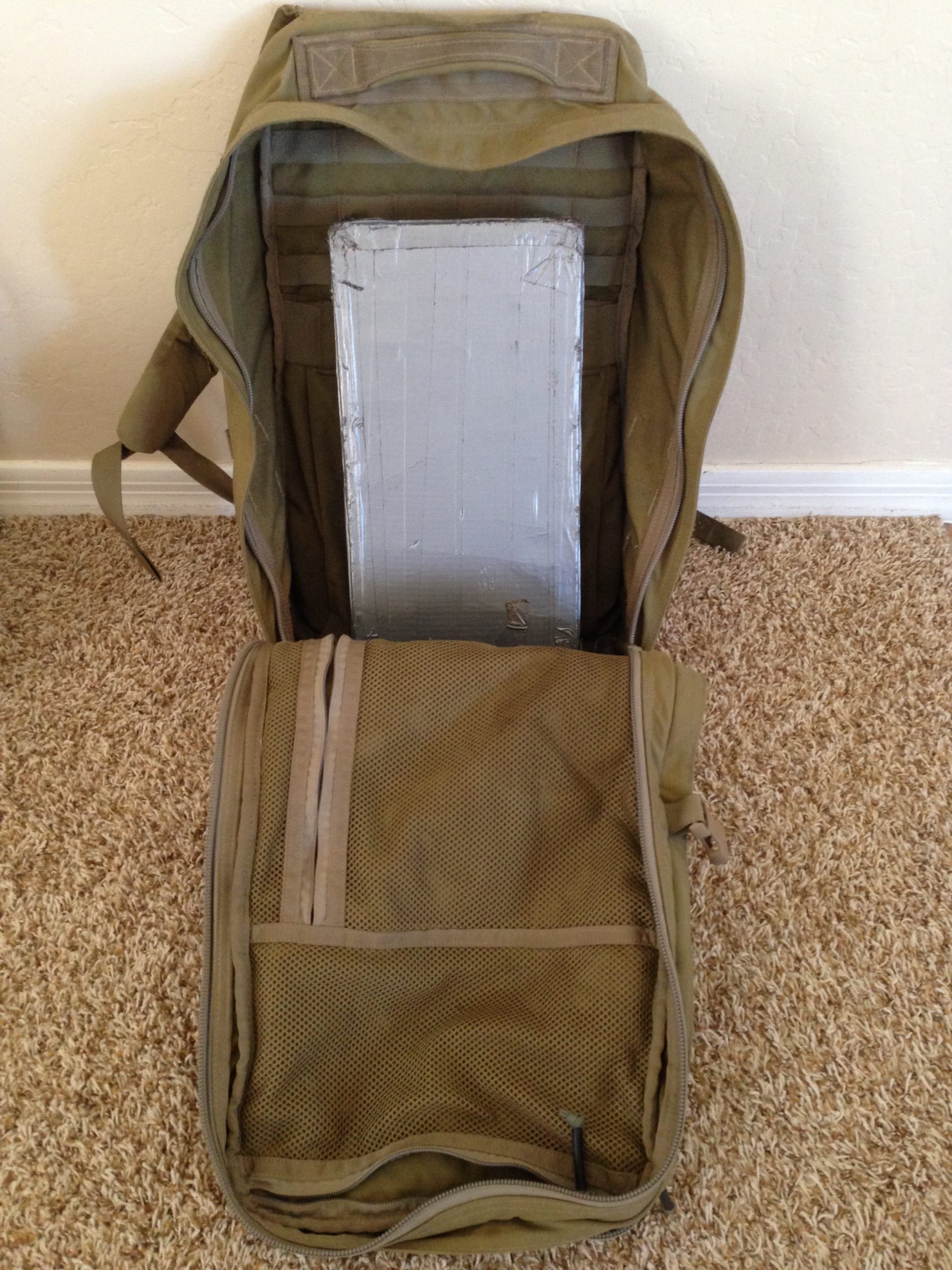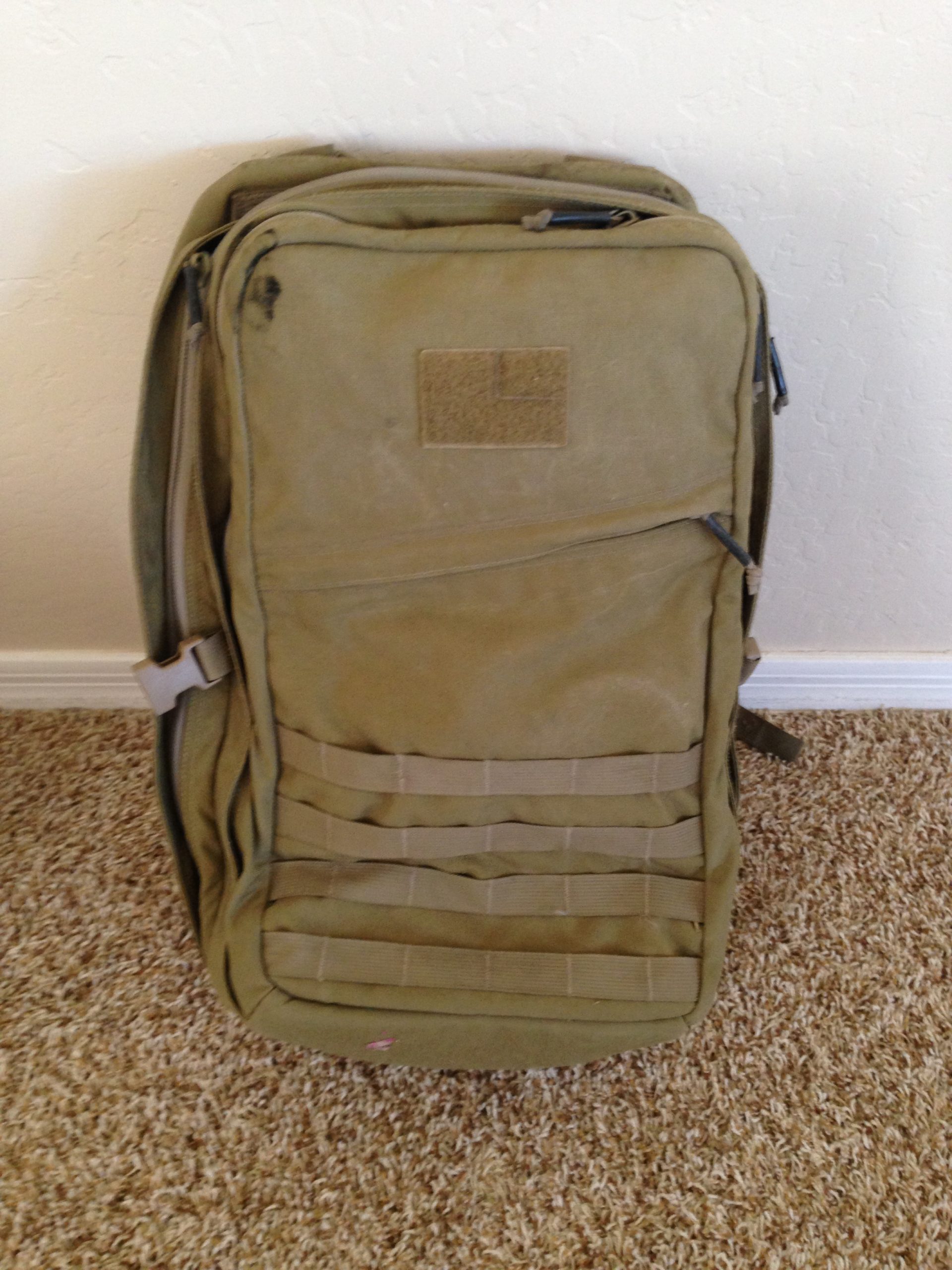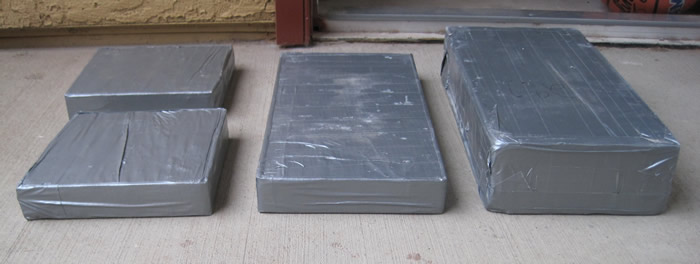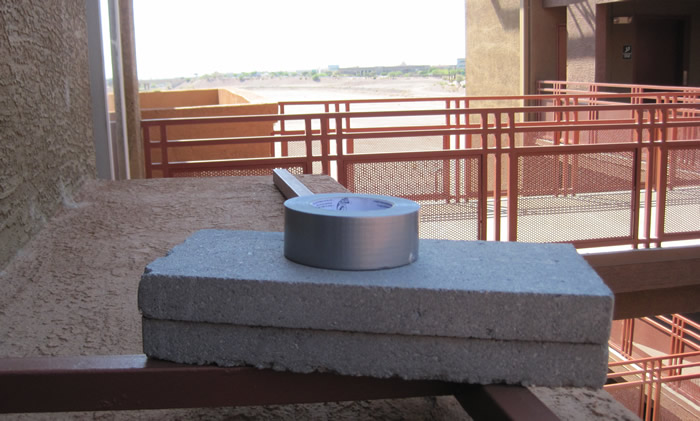The Hotshot Fitness Guide to Building Your Own Weighted Pack System
Weight Vests Are Handy But You Can Make Your Own Fully-Customizable Rucksack For Less Than $10
The man behind Hotshot Fitness is a cheap, miserly son of a gun. When it comes to training equipment, he’s always looking to save a nickel. Which is why we developed the $10 hiking training system.
Now before you get too excited – you have to supply your own pack. The $10 goes towards the weights and the tape. Here’s what you do:
Go down to your local hardware store and pick up four common concrete blocks and some duct tape. We recommend common blocks for a couple reasons. First, they weigh about 14 pounds each, which is a convenient number. Second, they’re thin and rectangular. At 8″ across and 16″ tall, they fit easily into a regular daypack, stack well on each other, and center naturally along the back. By minimizing bulk, and centering the weight vertically against your spine, they’re a superior alternative to rocks, circular weight plates, jugs of water, etc.
Materials:
- 4 Common Blocks (8″x2″x16″)
- 1 Roll of Duct Tape (or 2 for extra padding)
Total Price:
- Common Blocks: 4 x $0.95 = $3.80
- Duct Tape: $5.99
Total: $9.79
Why Four Blocks?
We’ve developed a tiered hiking training system around three weight classes that simulate real fireline environments.
Weighing in around 14lbs a piece, a common block provides a simple and easy solution for packing your bag to weight. No more fumbling around with dirty rocks at the trailhead, or going back and forth to the scale with a bag stuffed awkwardly with old batteries, water bottles or soup cans trying in vain to hit your targeted weight.
Why Different Weight Classes?
By varying the loads that you’re carrying on your back, you’re doing two things. First, you’re preparing your body for the range of weight you can expect to be carrying on the fireline. Especially on mop-up shifts, you might be hiking around with a five-gallon bladder bag on your bag in addition to your line gear all day. Preparing in the off-season for this will help make those tedious shifts a bit more bearable (and comfortable).
Second, by alternating between different weights, you’re shocking your system and providing your muscles with a new challenge which helps stave off training plateaus. When you do the same routine over and over again without varying the resistance or the duration, your body will adapt and repeating that exercise again and again will result in diminishing returns over time. To prevent this – you need to shake things up. Hence the three weight classes.
OK, You’ve convinced me! I bought four common blocks and some duct tape and now my wife fears for her life. What the heck am I supposed to do next?
Simple:
Mission 1: Take Two Blocks and Tape Them Together
Mission 2: Wrap One Block By Itself.
Mission 3: Split the Last Block in Half and Tape Each Half Individually.
With the fourth block, we recommend breaking it in half for two reasons. One, because we don’t know what kind of pack you’re training with, it’ll provide you with some flexibility with packing your weights. And second, you can also use the 7lb halves to help smooth the transition between tiers. Adding 15lbs to your pack can make quite a difference. If that’s a bit too steep at first, try adding a 7lb half and gradually build up your stamina until you can add the other half.
How to break the block neatly in half:
We here at Hotshot Fitness scratched our heads a little bit over how to do this. Having zero experience in masonry, and no tools, we weren’t sure how we were going to split it without making a mess.
This is the solution we came up:
We grabbed a measuring tape and marked off the midpoint at 8″. Then, we dug up an old flathead screwdriver that we was destined for the trash heap anyway. Using the screw driver, we scored a line in the concrete block by raking the screwdriver back and forth across the block. It dulled both edges of the screwdriver pretty quick (any sawyer will tell you that metal + rock = bad combination). But it got the job done.
Once the block was scored, it was time to improvise a way to separate the block. Using the other blocks as a base, we stacked the fourth block perpendicular to the blocks, so that the block to be cut was sandwiched between the other two(see the photo above). (HF: The reason there’s a tupperware container in the photo is because we forgot to take pictures as we were doing it. Mainly because we thought it wasn’t going to work….)
Lacking a rubber mallet, or anything even remotely close to that, we looked around at options. The best we had was our home-made medicine ball. It was going to have to do. We raised the medicine ball to about mid-thigh, closed our eyes, scrunched up our toes and dropped it. And much to our surpirse, it split pretty damn clean! A little jagged, but after both halves were wrapped in tape – it wasn’t even noticeable.
And be sure that the line that you scored is flush with the the holding blocks. In the recreated picture above, it’s pretty obvious that if the ball were to be dropped, the block would crack off much closer to where it meets the other two blocks.
Alright, Mission Accomplished! Now What am I supposed to do with these things?
Well, here’s what you should have now:
Level 1 (line gear only) = 25lbs.
The average firefighter’s line gear will weigh in around 25 pounds or so. This is the base level that you must be comfortable hiking with. Truthfully, you should condition to your body to a point where hiking with 25 pounds is just “normal” and when you hike without a pack you feel like a race horse that just cleared the gate. Two blocks duct taped together will weigh approximately 29 pounds. Perfect for replicating the average weight of your line gear.

Level 2 (line gear + chainsaw) = 45lbs
If you’re going to be running saws, Level 2 will be your base hiking weight. Every where you go, you’ll most likely have a saw digging into your neck, so you might as well get used to the weight. When you combine the two blocks that you’ve taped together with the third single block, it should weighs approximately 43 pounds, which comes pretty darn close to equaling the weight of a topped-off Stihl with a 28″ bar and your line gear.
Level 3 (Line Gear + Piss Pump / Bladder Bag) = 60lbs
Finally, Level 3 simulates the weight you can expect to have on your back when you’ve pulled piss pump duty. If you’re training to be a rappeller or a smokejumper, you might want to bump this max weight up by ad ding a few more blocks, but for hotshots and most everyone else, this is a solid upper limit. And it conveniently uses all four blocks. If you’re able to do your regular training hike with 60 pounds on your back, you’re right where you need to be.
Now that you’ve got your training pack ready to go – checkout our hiking training plans to get started!
Below, you’ll see the blocks in our favorite training pack – GORUCK’s GR2.








